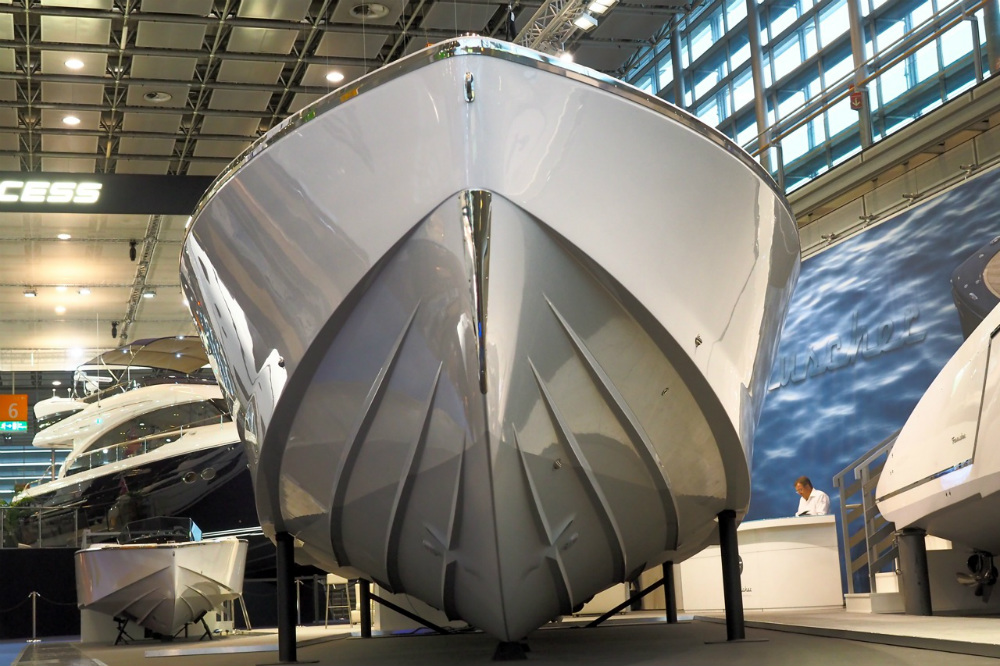Anyone even slightly interested with naval history will have heard of ironclad vessels, most likely in the context of the American Civil War. These early vessels contained iron plates and were symbols of a nation’s prosperity, but during America’s internal conflict, they became important military tools for breaking blockades and entering fortified harbors. In fact, the first recorded naval battle between two ironclads was recorded in March of 1862 at the Battle of Hampton Roads.
The iron hulls, however, were still too easily penetrated by cannon shot, so following the Civil War much effort was put into refining steel for naval efforts around the world. In the U.S., the country struggled to heal and rebuild following the war. As part of this effort, William Henry Hunt, a former Confederate Commander whose sympathies were with the Union but who was pressed into service for the South, was named America’s first Secretary of the Navy.
It became Hunt’s charge to rebuild the country’s sea force and his aim was to incorporate steel rather than iron hulls. As he put it, “You may have men working 10 days on a sheet of iron, and then have it spoiled. But we have never spoiled but one sheet of steel. In the many thousands that we have used in the last four years we have spoiled but one; and even that we could have used.”
Since then steel has been a mainstay of naval construction, both military and domestic, and for good reason. Steel hulls offer strength and rigidity. More importantly, they are puncture resistant. In collision or grounding incidents steel tends to dent rather than break thus maintaining waterproof integrity.
Hulls of steel are also cost effective, costing less by weight to make than its biggest contemporary rival, aluminum. And because steel is both universally available and is currently welded rather than riveted, hulls are easily fabricated and repaired at ports around the world. Furthermore, steel, though prone to corrosion in sea environments, is cheaper to coat in protective coverings such as paints and foams than its aluminum counterpart, which requires specialized paints to stand up to sea exposure. Furthermore, steel resists abrasions much better thus keeping coatings intact longer.
Steel is harder to bend which is why contemporary vessels often use aluminum for interior structures that don’t come into direct contact with water. But steel’s strength and sound resistance make it the go-to material for most yachts, particularly those that reach over a hundred feet.
Steel is built to withstand today’s transoceanic trips whereas aluminum is not. So if you are looking for a hull that offers the long-term durability, the safety, and the comfort of low noise and wave shock resistance, then a steel hull is, in the long run, your best choice.

